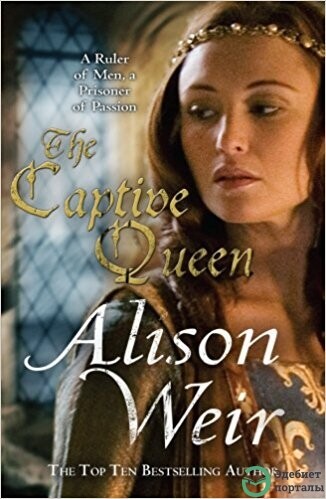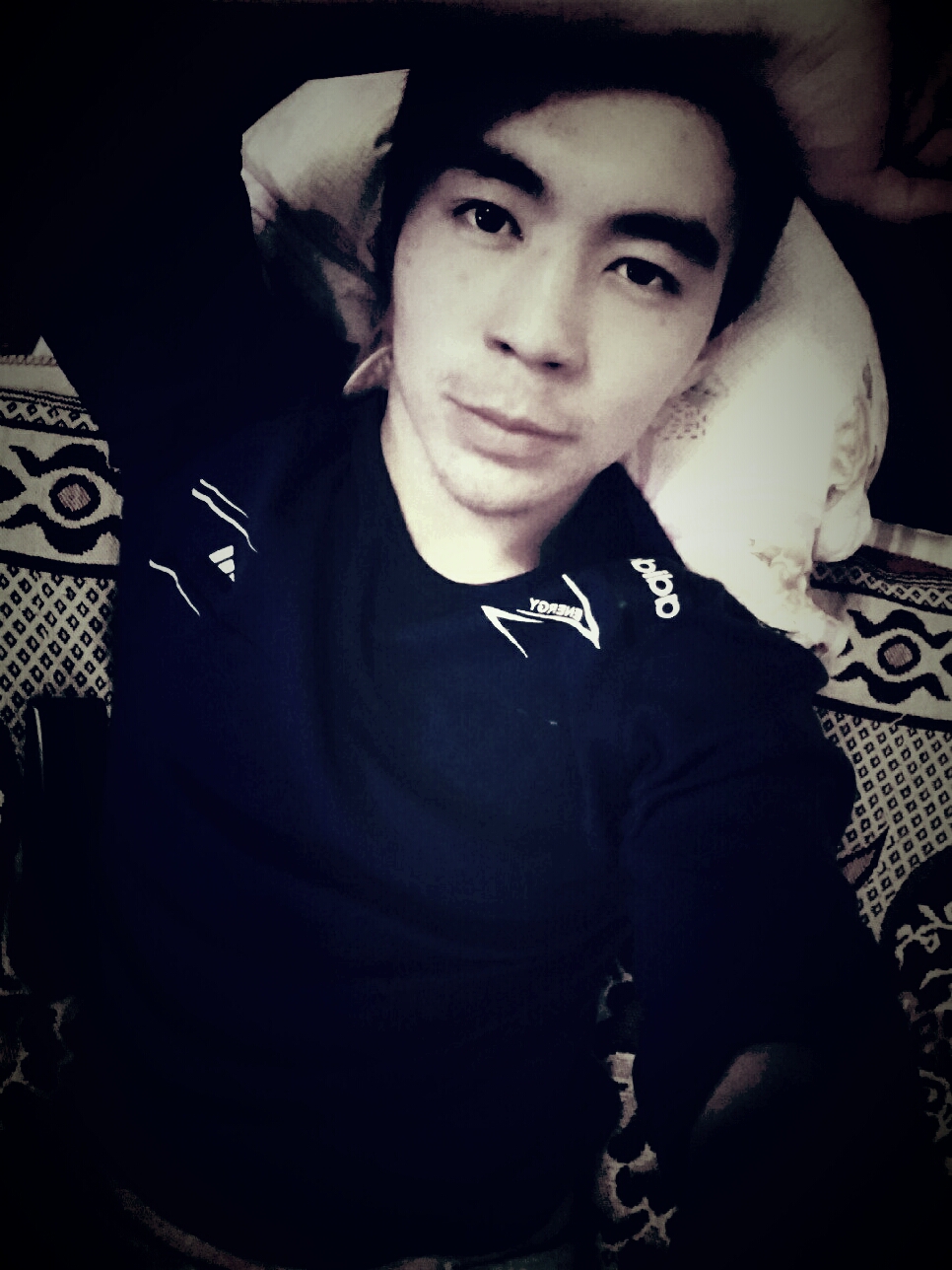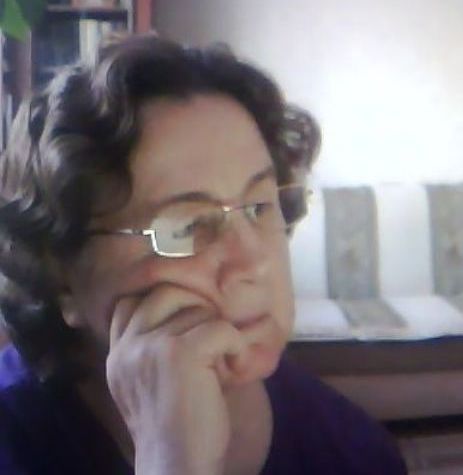Blogs
Book review: Alison Weir's “Captive Queen”

The novel about Eleanor of Aquitaine is a historical one and depicts the events of the 12th century in what is now England and the South of France.
“Captive Queen” is a novel by popular biographer Alison Weir. Many of us know something about Eleanor of Aquitaine already. Her husband, Henry II, threw her in prison for years because she may have helped and abetted rebellion by two of her sons, Henry the Younger and Richard, who grew up to be Lionheart. But her days were softened with the presence and help of the loyal and decent servant lady. After Henry II finally dies — and not a moment too soon; he seems to have been mean as a snake — Eleanor was accorded much love and respect. She seems to have been a strikingly beautiful woman. But that's pretty much it. According to this novel, she wants to rule on an equal basis with Henry, to be a liberated woman, equal to her man, although I frankly doubt many women of those days declared their wishes to be liberated and equal.
When the novel starts, Eleanor is married to King Louis of France, who is a wuss. She'd rather be married to Henry, 11 years younger than her, who has ambitious to be the king of England and put the Plantagenet dynasty on the map. Even being married to Louis she falls in love with Henry who was so ambitious and beddable.
The trouble is, as a rule, even if they're Eleanor of Aquitaine, women in history don't do much. Eleanor does plenty of embroidery, but most of the time she argues continuously with Henry, who won't let her rule Aquitaine, even though she wants to. “You and I are meant to be a partnership”, she hectors him. “We agreed. I am no milksop farmwife to be cast aside: I am the sovereign Duchess of Aquitaine, and I will be deferred to as such! Do you heed me?” She's pretty tenacious about it, actually. She reminds him again, “I am the Duchess of Aquitaine, and I am fit for higher things than the company of women and babies”. They spend years disagreeing, with Henry taking only an occasional breather to say things like, “I will write to the Pope, and to Frederick Barbarossa. . . . I will demand that the excommunications be revoked”.
Later, Henry’s closest friend Thomas Becket gets murdered, but that happens offstage, and Eleanor's sons try to overthrow their father, but we never see how that works exactly. We do read a huge amount about what she is wearing on different occasions, because so many portraits of her remain, but 12th century France could be the dark side of the moon for all we learn about it by the end of this book.
Eleanor is a real historic figure. We don't know all that much about what she actually did. And who knows what the woman thought? She seems to have preferred her sons to her husband, but it's hard to make a book about that. She spent a lot of her life within prison walls. It's a good thing she had an extensive wardrobe! It's not that the author doesn't know everything about her subject, but that what she knows isn't enough.
And by the end of the book she is released from the exile by Henry, who dies painfully from the serious illness. Also many of her children: daughters and sons died because for various reasons. However, she herself lived till the age of 80-90 approximately, saw the respect and admiration of her people, was the ruling queen till the end and died calmly in her warm bed surrounded by compassionate nuns.





















